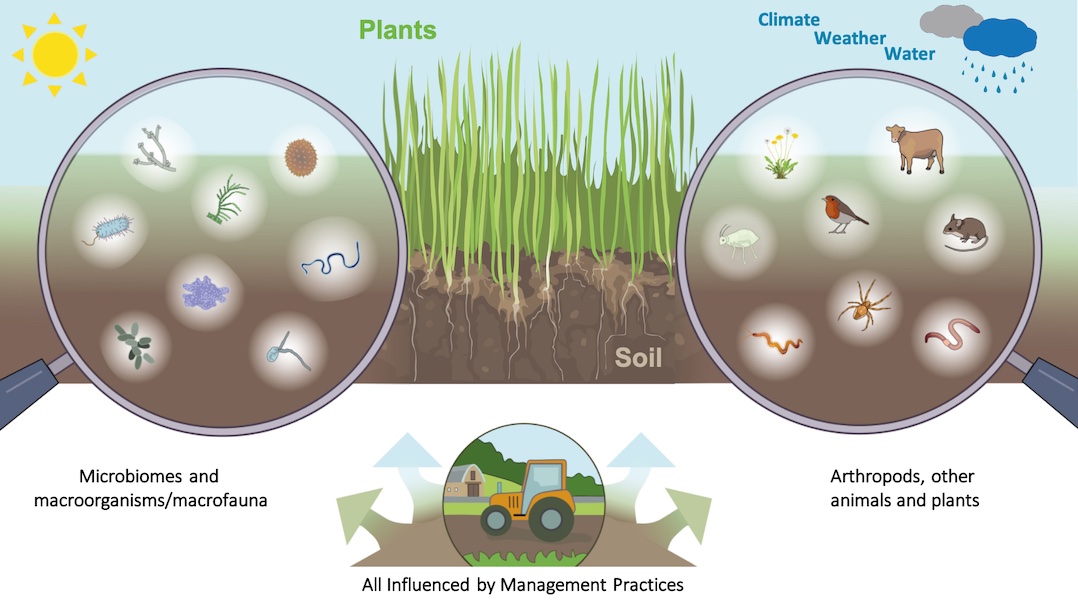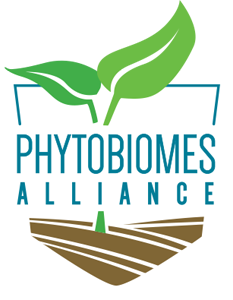Phytobiomes consist of plants, their environment, and their associated communities of organisms.
Plants grow in association and interaction with complex communities of organisms, environmental conditions, and management practices. The term “Phytobiomes” encompasses all of this complexity.
A phytobiome includes the plant itself, all micro- and macroorganisms living in, on, or around the plant – such as microbes, animals, insects and other plants – and the environment, including soil, air, water, weather, and climate. All these interactions are influenced by management practices.
Phytobiomes have an important role in ensuring the sustained health and productivity of plants and plant ecosystems.

Phytobiomes Research
Because interactions within phytobiomes are dynamic and complex, there is a need to build a foundation of systems-level knowledge of various phytobiomes.
This includes an understanding of how the different components interact with and influence each other which can then be used to empower the development of predictive and prescriptive analytics for next generation precision and digital agricultural systems.
Understanding phytobiomes will be critical to ensuring sustainable global food security in the next decades.
Articles:
- Global Engage article (October 2017): Phytobiomes: Embracing Complexity To Achieve A New Vision For Agriculture by Kellye Eversole
- PNAS article (August 2017): Probing the phytobiome to advance agriculture by Carolyn Beans
- Scientific American article (July 2017): Building a Better Harvest by Marla Broadfoot (subscription needed)
